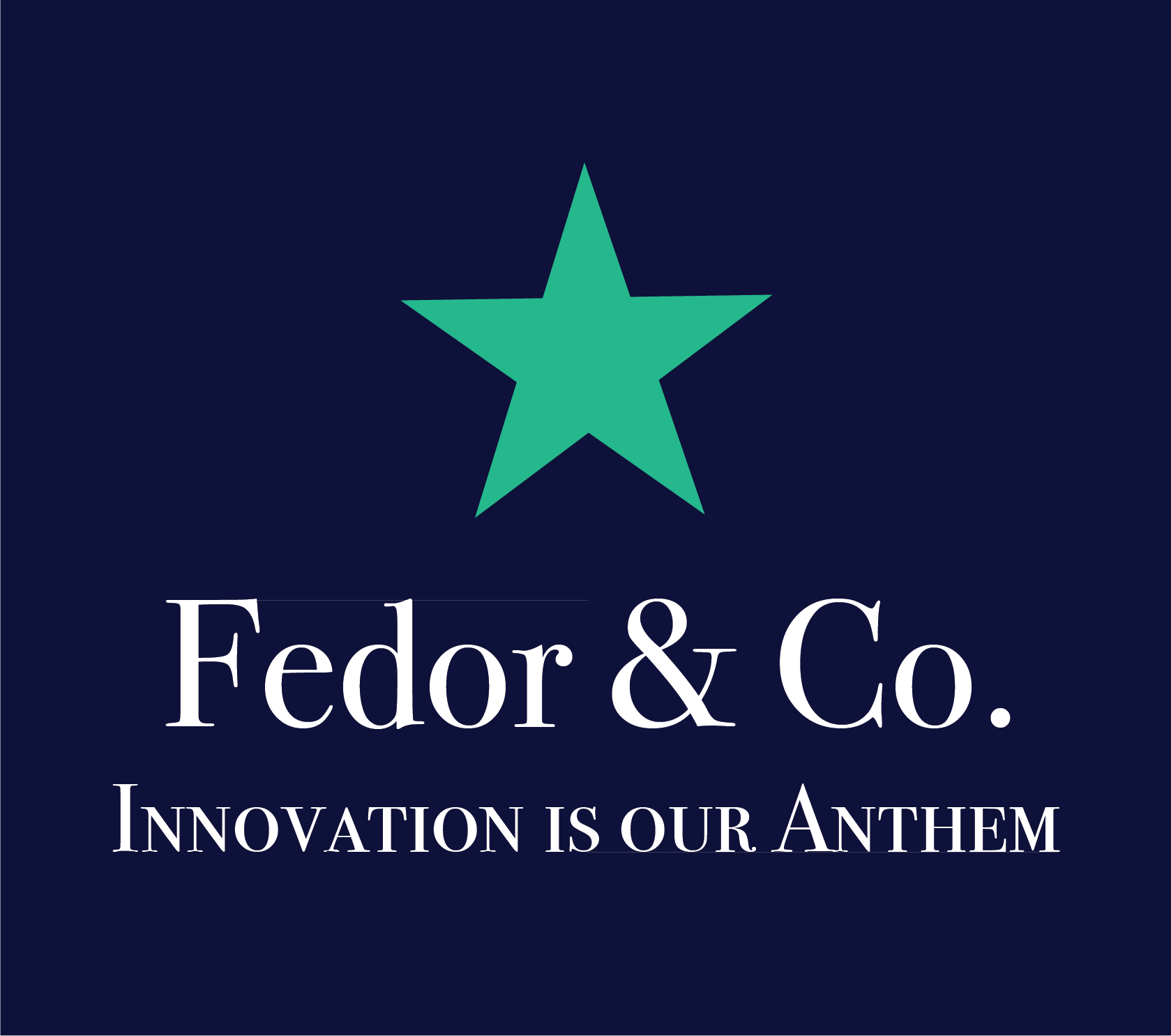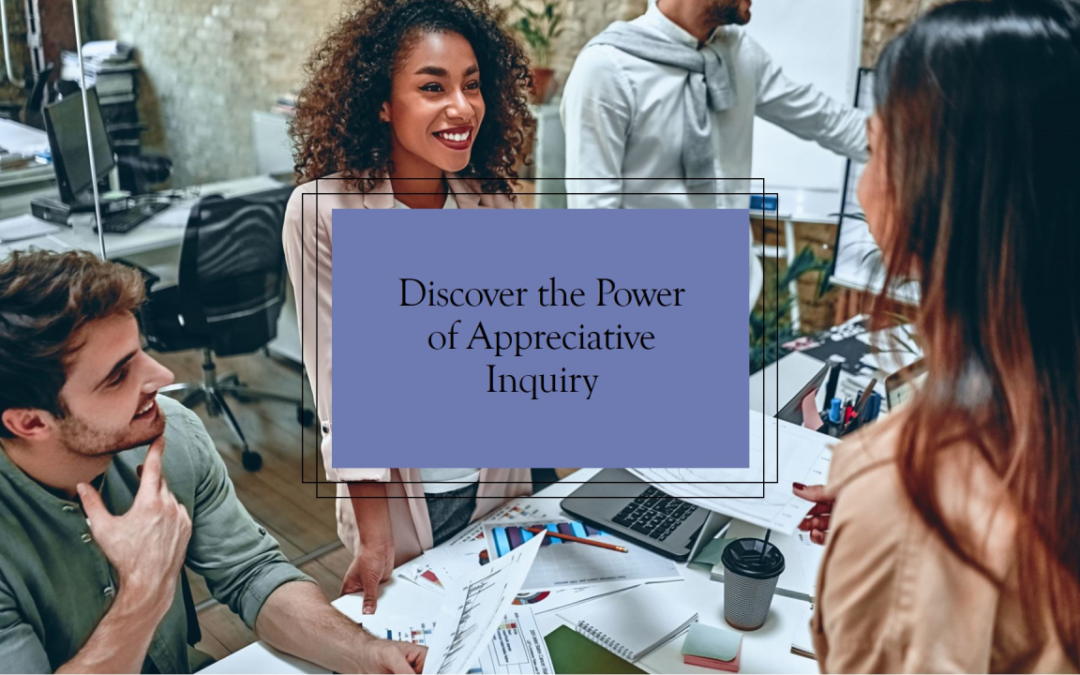In the world of strategic planning, success is often determined not only by clear objectives but by the level of employee engagement and buy-in. Traditional approaches to change management focus on identifying and fixing problems, but there’s a better method that has been around for decades and is gaining popularity. It is a more people-centric approach called Appreciative Inquiry that’s proving to be a game-changer.
AI is about identifying what works well in an organization and building on those strengths. This positive, inclusive method fosters collaboration, innovation, and a sense of shared purpose, which can be far more effective than traditional top-down change models.
Why Appreciative Inquiry Matters Today
- Boosts engagement and morale: By focusing on what’s working, rather than what’s broken, employees feel valued and more connected to the company’s vision.
- Promotes a growth mindset: Appreciative Inquiry encourages continuous improvement and resilience by highlighting areas of strength. This can lead to a more adaptable workforce ready to embrace change.
- Fosters collaboration: Appreciative Inquiry brings together cross-functional teams to brainstorm and strategize, breaking down silos and promoting a more inclusive approach to problem-solving.
Implementing Appreciative Inquiry in Strategic Planning
- Discovery phase: Engage employees in discovering what already works within the organization. Ask questions like, “When have we been at our best?” to identify strengths.
- Dream phase: Use the strengths identified to envision a future where these elements are amplified. What would the company look like if it were operating at its best all the time?
- Design and delivery: Finally, collaboratively design strategies and systems to turn those dreams into reality, ensuring that they’re built on the positive core of the organization.
By integrating Appreciative Inquiry into your strategic planning process, you not only create a roadmap for success but also build a culture of positivity, collaboration, and high engagement.

